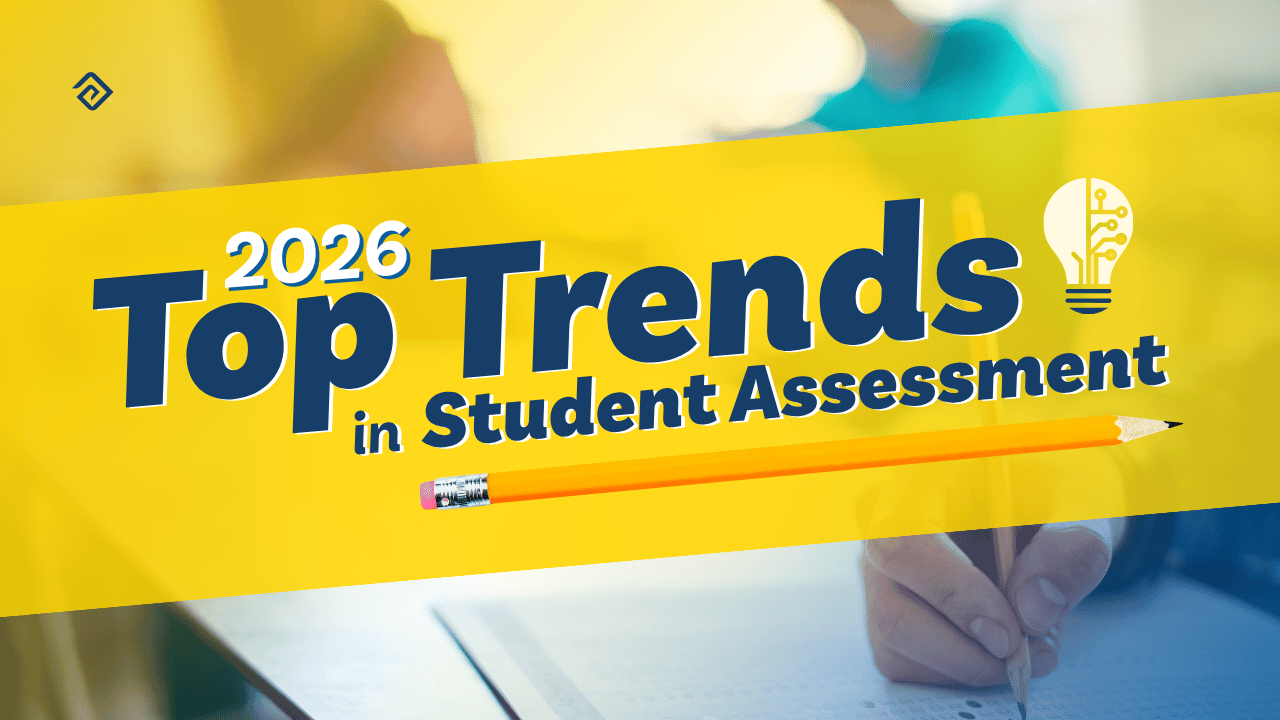Integrating the 2020 WIDA ELD Standards Framework into Curriculum and Instruction
Among the many changes that educators have encountered in the last year is the change to the 2020 WIDA ELD Standards Framework. The WIDA ELD Standards Framework outlines standards for English language development. It also provides support and resources for educators to effectively develop curriculum, deliver instruction, and create assessments that facilitate an equitable and functional approach to content-driven language instruction. Further, the WIDA ELD Standards Framework communicates high expectations and a sense of belonging to multilingual learners.
While some aspects of previous versions remain, the revised edition provides educators with updated and additional resources to reflect current pedagogy and policy. This post explores the revised framework and provide guidance for implementing it into curriculum and instruction.

What has remained?
The 2020 WIDA ELD Standards Framework maintains a familiar structure as well as the asset-based philosophy and growth mindset toward multilingual learners. While the Can-Do Descriptors have not yet been revised or updated, they are still relevant and available for use. Additionally, the revised framework utilizes the original standard statements, proficiency levels, and grade-level clusters that correlate to the ACCESS for ELLs assessment.

What has changed?
New and updated resources are part of the 2020 WIDA ELD Standards Framework to ensure equity for our multilingual learners and provide an integrated, collaborative, and functional approach to language acquisition. Further, the revised framework is now organized into four components:
- WIDA ELD Standard Statements
- Key Language Uses (KLU)
- Language Expectations
- Proficiency Level Descriptors
Standard Statements
While the original WIDA ELD Standard Statements have not changed, the revised framework includes abbreviations for ease of use.
- ELD Standard 1 - Language for Social and Instructional Purposes
- ELD Standard 2 - Language for Language Arts
- ELD Standard 3 - Language for Mathematics
- ELD Standard 4 - Language for Science
- ELD Standard 5 - Language for Social Studies
Key Language Uses
The Key Language Uses (KLU) have been updated to Narrate, Inform, Explain, and Argue. These genres were identified to bring focus to language and content integration and make the process easier and more organic for educators. KLUs are provided at each content area and WIDA identifies the most prominent KLUs in each grade cluster to help educators plan effectively.
Language Expectations
The 2020 WIDA ELD Standards Framework communicates goals for content-driven language instruction using the newly created Language Expectations or more precise statements comparable to content area standards. The Language Expectations include Reference Codes, Communication Modes, Language Functions, and Language Features.

Reference Codes
Reference Codes can guide the curriculum decision making process as each Language Expectation’s reference code includes the following:
- the WIDA ELD Standard Statement
- grade-level cluster
- Key Language Use
- communication mode
The example below shows that the Language Expectation is from the Science Standard Statement for 4th-5th grade. Its Key Use is the Argue genre and will be carried out in the expressive mode.
- Example Reference Code: ELD-SC.4-5.Argue.Expressive
Communication Modes
In the revised framework, the language domains of reading, writing, listening, and speaking are referred to as interpretive and expressive modes of communication to be more representative of how communication takes place, especially during language acquisition. The interpretive mode includes listening, reading, and viewing whereas the expressive mode components are speaking, writing, and representing. Representing includes using facial expressions, gestures, etc. to communicate.
Language Functions
Language Functions identify language patterns, and each Language Expectation includes a bulleted list of Language Functions which can be used together with Language Features during planning to provide examples of what teachers and students can do during a learning experience or activity.
Language Features
In the 2020 WIDA ELD Standards Framework, the Language Features component provides different elements of language (sentences, phrases, words, etc.) that students and teachers can use with the Language Function to achieve the Language Expectation. Language Features do not appear in Standard 1 as they are content specific.
This example shows how Language Functions and Features work together using the same Language Expression as above (ELD-SC.4-5.Argue.Expressive).
- Language Function - Language Feature
- Make and define a claim based on evidence, data, and/or model through connectors to link ideas (as a result, therefore, over time)
Annotated Samples
This new resource provides student examples put into practice at each grade-level cluster of the 2020 WIDA ELD Standards Framework. These samples include a key, context, and prompt so that educators can see how the new components work together to provide an equitable and functional approach to content-driven language instruction for our multilingual learners.

Proficiency Level Descriptors
Also new to the 2020 WIDA ELD Standards Framework are Proficiency Level Descriptors (PLD), a linear representation of a learner’s language progression. This document is available in each grade-level cluster for the expressive and interpretive communication modes. It articulates the proficiency level descriptions at the discourse, sentence, and word/phrase dimensions. PLDs allow educators to differentiate effectively in each communication mode to ensure multilingual learners are held to high expectations and receive an equitable education experience.
Are you a WIDA Consortium Member state? Does your current curriculum management system allow educators to seamlessly integrate the WIDA ELD Framework? Do all educators have access to quality ELL resources? Do you need help getting started? At Education Advanced, we know that integrating a new framework is a daunting and time-consuming task.
Let EMBARC (formerly BYOC) provide your district with a foundation for incorporating the WIDA ELD Framework that educators can use from day one!
WIDA. (2020). WIDA English language development standards framework, 2020 edition: Kindergarten–grade 12. Board of Regents of the University of Wisconsin System.
More Great Content
We know you'll love



